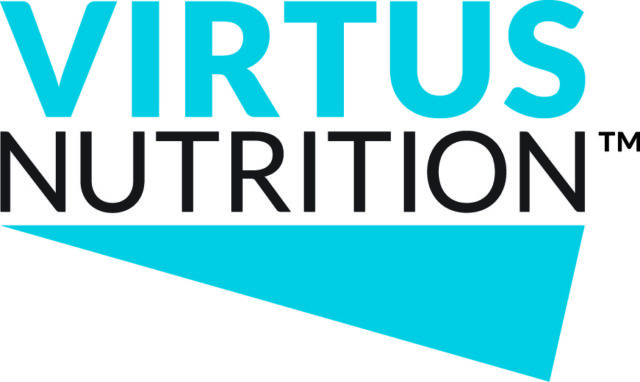As I visit dairy farms across Pennsylvania in my role as a Penn State Dairy Extension Team member, two dairy cow health-related problems persist on many of the farms – lameness and delayed pregnancies due to various reproductive issues. According to an extension article updated on January 27, 2011, studies completed in the state of New York have shown lameness to cost $90 per cow per year on average.
Interestingly, the review of an article written by John F. Smith, an Extension Dairy Specialist, suggests that a delay in pregnancy of 30 days may result in a loss of $90 per cow per year, based on a loss of $3 per cow per day for open cows beyond 90 days post calving.
Can lameness ($90 per cow per year) add to reproductive problems ($90 per cow per year) in dairy herds we are working with, resulting in a multiplying effect on loss to profitability?
In the proceedings of the 2011 Dairy Cattle Reproduction Council’s annual meeting, Dr. Jeffrey Defrain, Dr. Michael Socha and Dr. Dana Tomlinson, Zinpro Inc ., present a review of several research articles that provides an answer to this question.
Here are some of the major conclusions they cited from studies conducted on this topic:
One study from the 1980s found that lameness was associated with a longer interval between calving and first-service breedings. The largest increase (17 and 30 days) occurred in cows with either sole or white line lesions that were occurring in early lactation.
The study also found that conception rates were lower in lame cows (31 percent) compared to other healthy cows (40 percent).
A more recent study found lameness increased the time period from calving to conception three times greater than the estimates reported in the ’80s.
A study from the ’90s examined data for cows scoring 3 or higher on the five-point dairy cow locomotion scoring system.
These cows were 2.8 times more likely to have increased days to first service, 15.6 times more likely to have increased days open and 9.0 times more likely to have increased services per conception. These cows were also 8.4 times more likely to be culled from the herd.
A 2000 study found cows with abscesses/sole ulcers were open 63 days longer than healthy cows exhibiting no lameness issues.
In 2003, research showed that cows clinically lame due to a claw disorder in the first 30 days post- calving had a 58.9 percent decrease in first-service conception rate and an increase in the incidence of ovarian cysts.
With these studies in mind, it is apparent that dairy producers should deal promptly with dairy cow lameness, not only because of the economic losses due directly to lameness issues, but also because of the economic losses due indirectly to lameness as it relates to increased days open and other reproduction factors. PD
References omitted due to space but are available upon request. Click here to email an editor.
—Excerpts from Penn State Dairy Digest , June 2012
Gary Hennip
Dairy Extension Educator
Penn State Extension Dairy Team
PHOTO
Can lameness ($90 per cow per year) add to reproductive problems ($90 per cow per year) in dairy herds we are working with, resulting in a multiplying effect on loss to profitability? Photo courtesy of PD Staff





